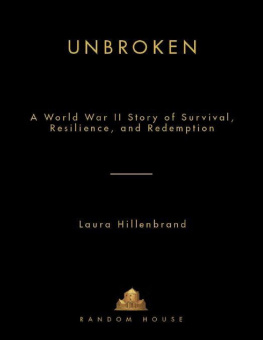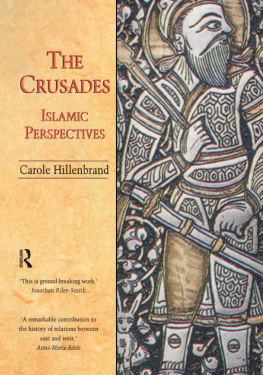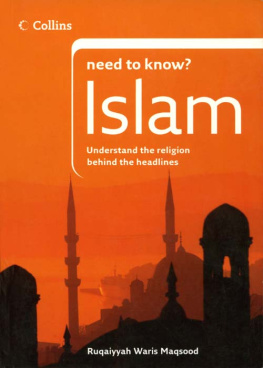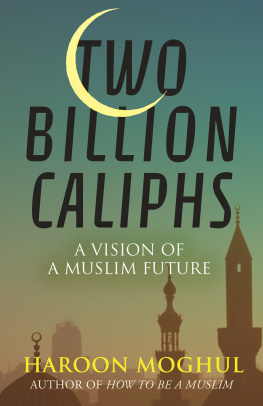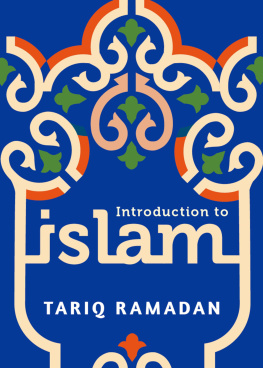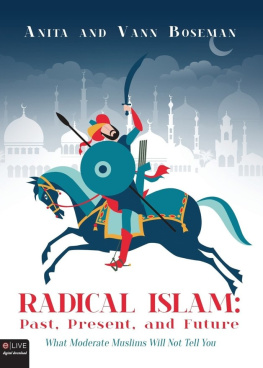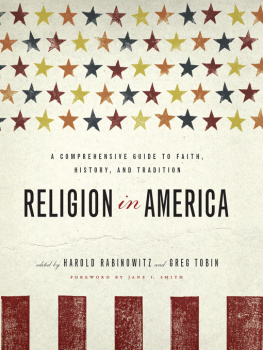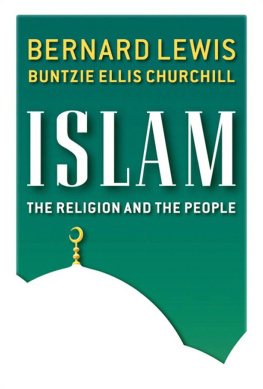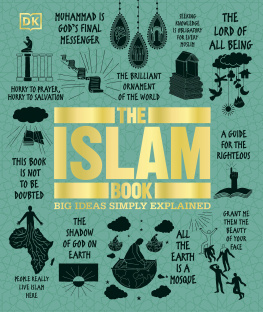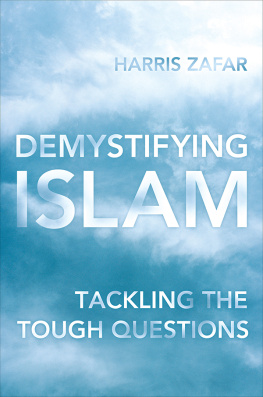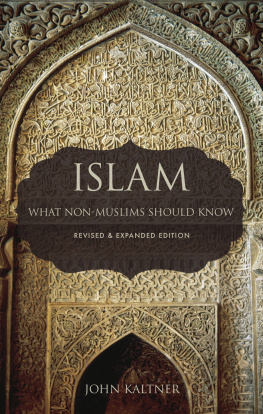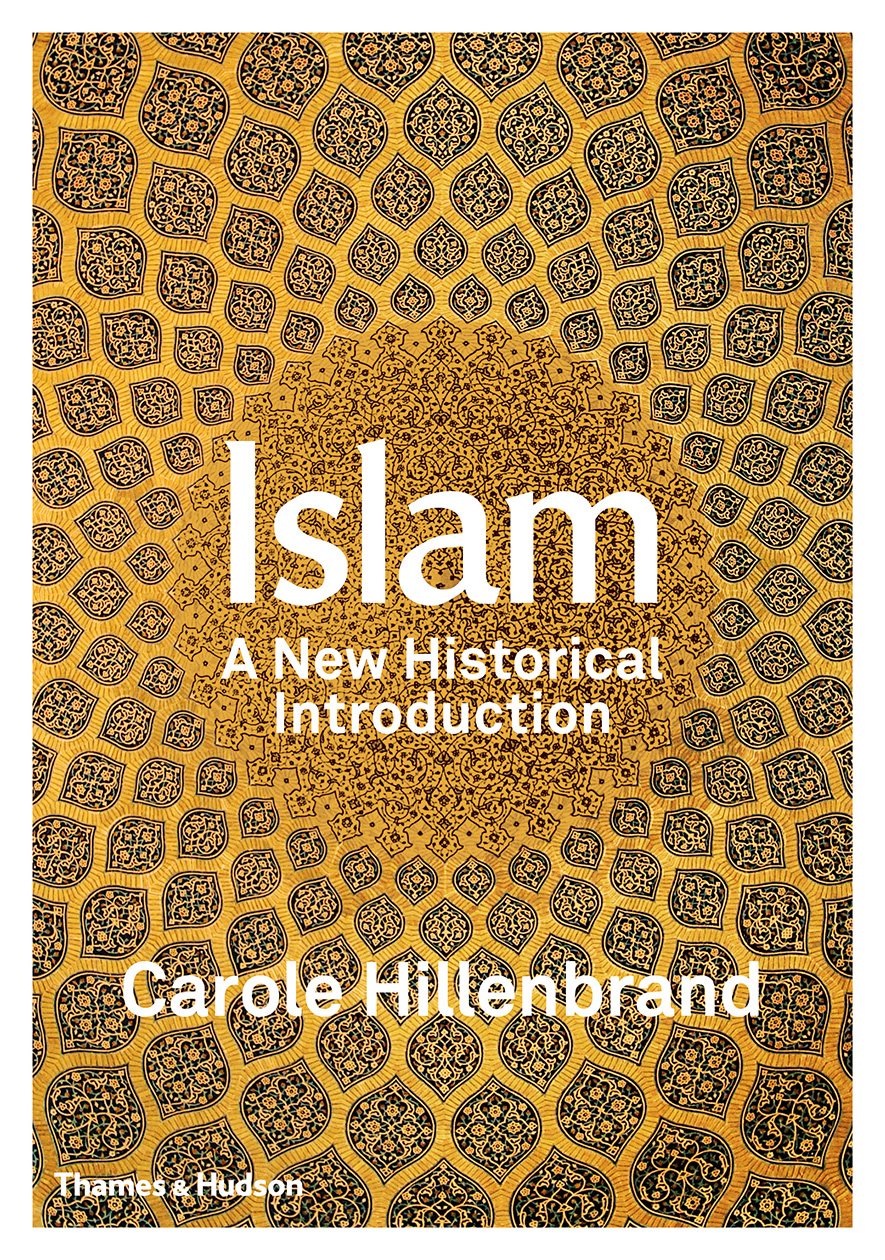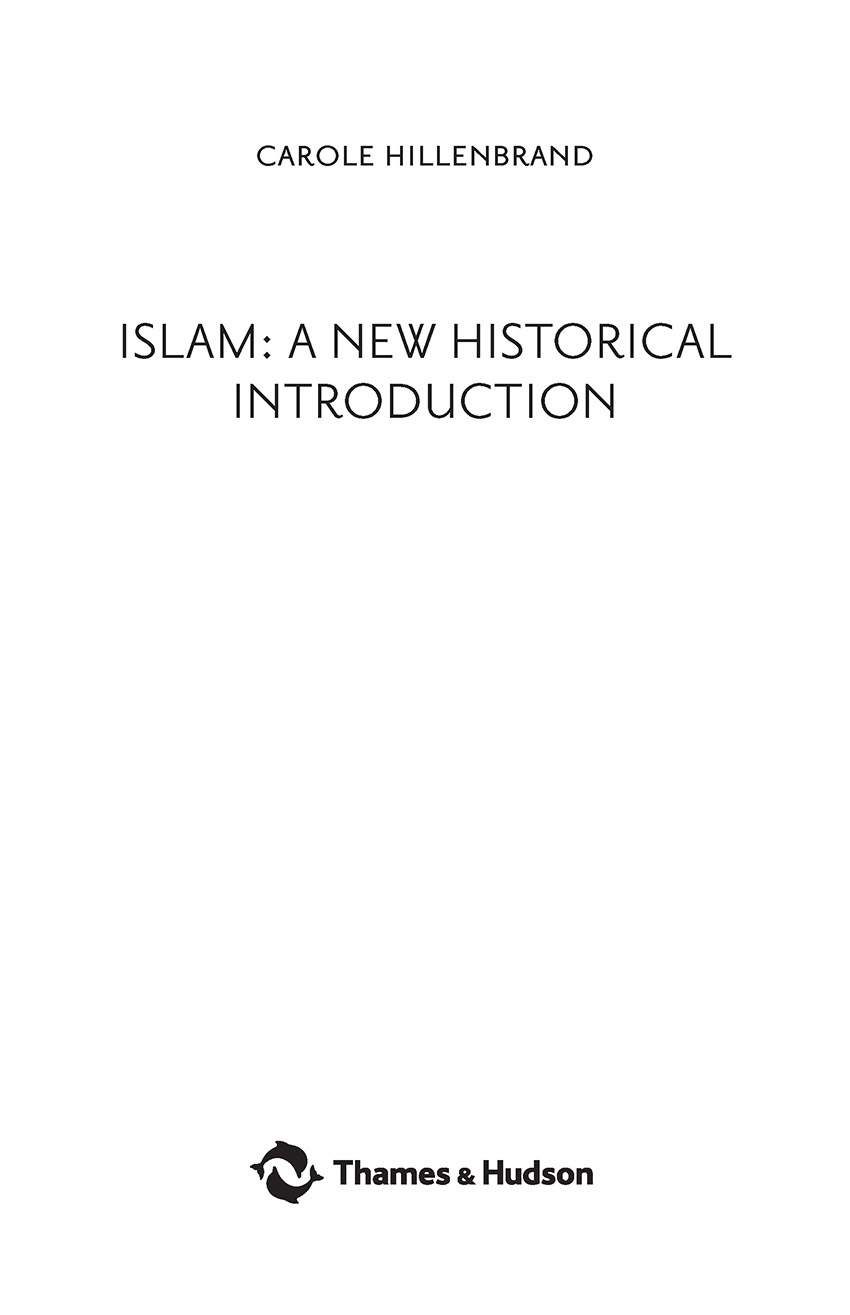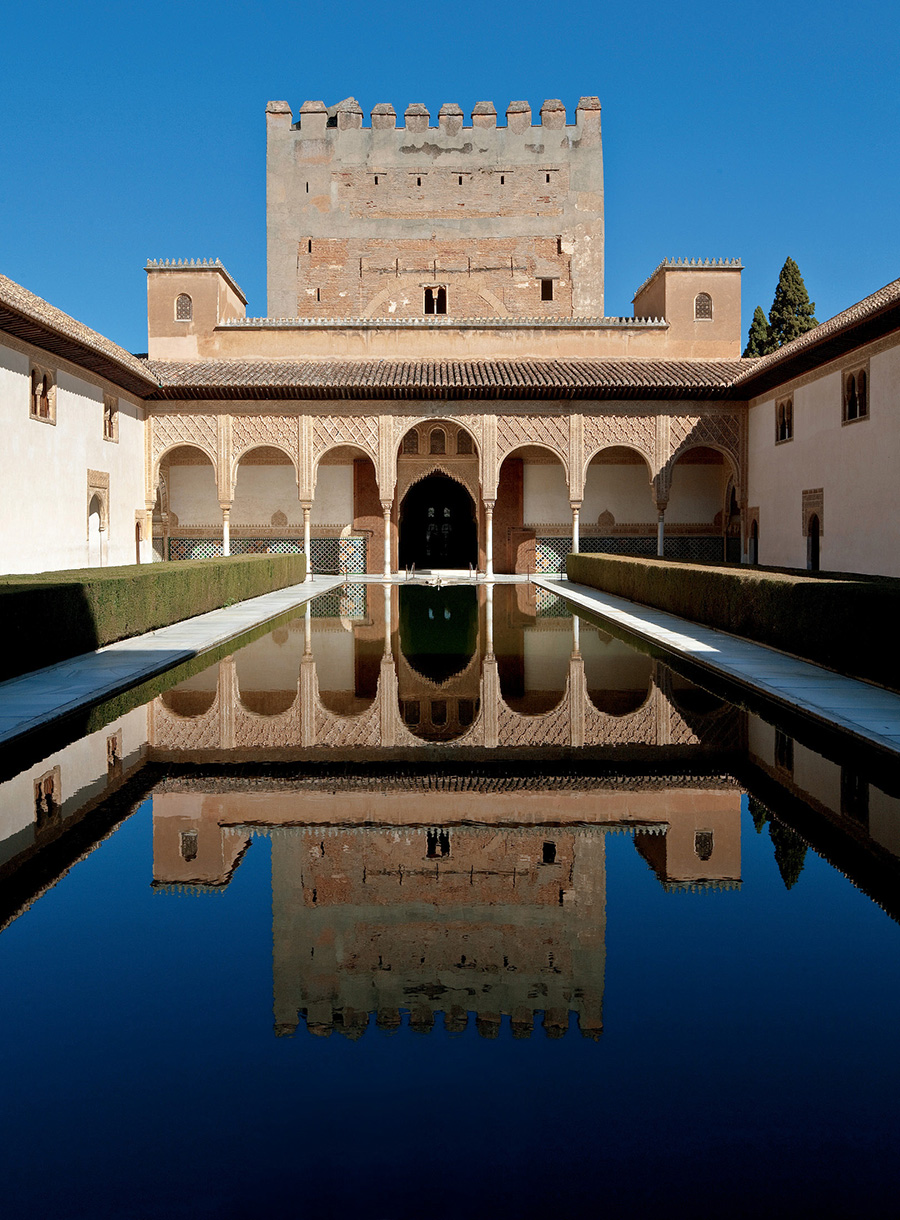
A fortified garden. Court of the Myrtles, the Alhambra, Granada, Spain, 14th century. The Quran describes Paradise as a garden flowing with streams. The softly playing fountain in this fragrant courtyard brings that idea to life. So does the huge sunken pool, part cooling device, part reflecting mirror; it also has psychological and spiritual dimensions, for it fosters tranquillity and meditation. (Sigrid Schtze-Rodemann/Arcaid/Corbis)
About the Author
Carole Hillenbrand is currently Professor Emerita in Islamic History at the University of Edinburgh and Professor of Islamic History at the University of St. Andrews. She has also taught at Dartmouth College and held fellowships at Saint Louis University. In 2005 she was the first non-Muslim to be awarded the King Faisal International Prize for Islamic Studies, and in 2009 she received the Order of the British Empire in the New Years Honours List for Services to Higher Education.
Other titles of interest published by
Thames & Hudson include:
Arts and Crafts of the Islamic Lands
Dictionary of Hindu Lore and Legend
Chronicle of the Popes
See our websites
www.thamesandhudson.com
www.thamesandhudsonusa.com
To my grandchildrenSamuel, Max, Rebecca, Joseph, and Alexanderin the hope that they will live to see greater understanding between the faiths
It is a pleasure to acknowledge the help that I have received in writing this book. At Thames & Hudson heartfelt thanks go to Ian Jacobs, Lucy Smith, and Jasmine Burville. Ian persuaded me to write it in the first place and his vision and faith in its whole concept have inspired me throughout the writing process. He is the kind of publisher of whom most authors can only dream. Lucy regularly provided most kind and steady guidance. Jasmine worked hard and most skillfully for many months on the book, paying unflagging attention to detail throughout its long editing and production process. I should also like to thank the anonymous copy editor for suggesting many improvements to the text, and Sally Nicholls, the picture researcher, who unearthed many a striking image for the book.
I am most grateful to the anonymous readers who commented on an early draft of this book. They have saved me from a number of errors and have helped me to correct some mistaken emphases. But it has been simply impossible to take up many of their points in the detail that they would ideally have wished, since to do so would have made the book far too long and unwieldy and thus unsuitable as a reference tool for students.
During the long gestation of the book I have benefitted enormously from the library facilities of the Universities of Edinburgh and St. Louis, and of Dartmouth College. I should also like to thank my long-term friends Yasir Suleiman, Thomas Madden, Sheila Blair, Jonathan Bloom, and Kevin Reinhart, who offered very welcome help and support at key moments.
My husband, Robert, has helped me with the illustrations and has been a constant and helpful critic of my work. I will always treasure the discussions, in and out of season, that we have had in the course of writing this book.
This book is intended for the undergraduate student and general reader. I hope that it will be useful for students taking a wide range of coursesin global Islam, comparative religion, Islamic history, the Middle East, and several others. I also hope that many general readers, interested in understanding complex current events happening in the name of Islam, will gain some benefit from exploring the historical and diverse thematic perspectives provided in these pagesperspectives that underlie the way in which Muslims today practice their faith across the world.
I have approached this book with an unwavering emphasis on essentials; it seems sensible to give a good deal of coverage to the majority view to avoid confusing the reader with too much detail. Where appropriate, however, I discuss alternative views. I hope readers will find the discussion both substantive and clear: the chapters are focused, and in order to situate Islam fully in its context, this book considers a range of factors, including historical, social, economic, political, and gender.
I have organized the book into eleven chapters, addressing the most essential aspects of Islamic faith and practice. Of necessity, these topics are closely linked, and chapters frequently refer to related topics (the Quran is relevant in every chapter, for example). The reader achieves a greater and deeper knowledge of this huge and complex religion as he or she continues through the book. Each chapter builds on the previous one, and the final chapter provides a carefully considered insight and balance to a discussion of twenty-first-century Islam. Muslims and their faith are of major importance in todays world, and this chapter gives readers an understanding of how the historical background of Islam affects the lives of Muslims and non-Muslims alike, and what this means for the relationship between Islam and the West now and in the future.
The illustrations expand on the text and provide a visual guide to Muslim beliefs and practices over time and in different places and cultures. Explanatory captions enable the reader to achieve a fuller understanding of the Islamic faith, through a wide range of full-color illustrations. The maps in this book are a key visual aid to guiding readers through the development of a faith that began in a single city in Arabia and grew to become a global religion with more than one-and-a-half billion followers.
It is a challenging task to distil a wide array of sources into an accessible work that provides readers new to the subject with a broad understanding. The bibliography for this book includes the most crucial works in English, to help my main audience to read and research the subject further. But in writing this book I have deliberately drawn on a wide range of scholarship in many other languagesusing a lifetimes academic research in Arabic, Persian, Turkish, German, French, Italian, and Spanishincluding the scholarship of previous generations, wherever its high quality justifies this.
timeline of islamic history
c. 570632 CEThe life of the Prophet Muhammad: see p..
63261The period of the first four Rightly Guided caliphs.
Abu Bakr becomes the first caliph of Islam.
Death of Abu Bakr; Umar ibn al-Khattab becomes the second caliph.
Battle of al-Qadisiyya: the Muslim Arabs defeat a Sasanian Persian army.
Muslims conquer Jerusalem and soon begin the construction of the Aqsa mosque. They will hold the Holy City until 1099, allowing Christians and Jews to live and worship freely there.
Muslim conquests expand into the Caucasus and Central Asia.
Assassination of Umar, the second caliph. Uthman b. Affan becomes the third caliph; he supervises the task of collecting the Quran and finalizing its written format.
Assassination of Uthman; Ali b. Abi Talib becomes the fourth caliph.
65661First Muslim civil war, sparked by a succession dispute, leads to the beginning of a Sunni/Shiite divide.
Battle of Siffin: the Kharijite Muslims secede from Ali.
661750The Umayyad caliphate: Arab military aristocracy in power.
Assassination of Ali; Muawiya founds the Umayyad dynasty and moves the center of the empire to Damascus, Syria.


